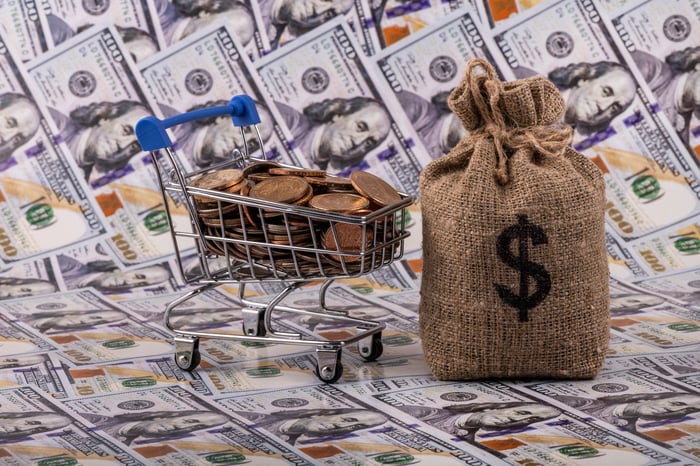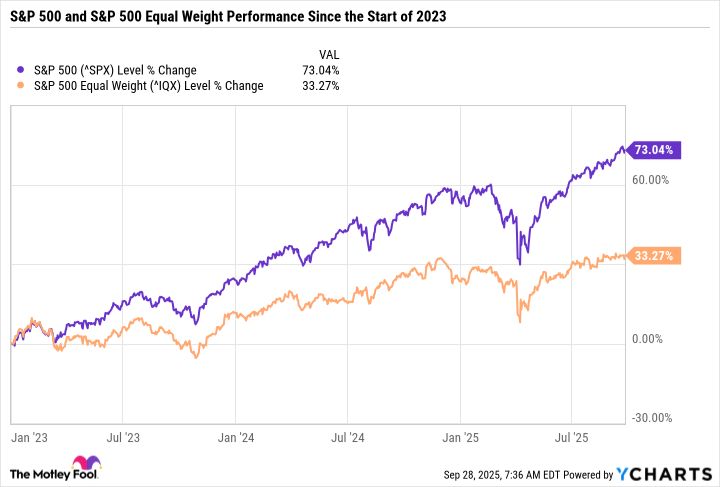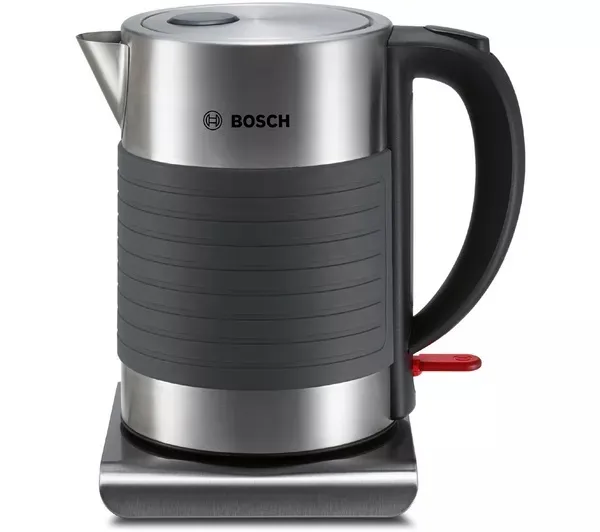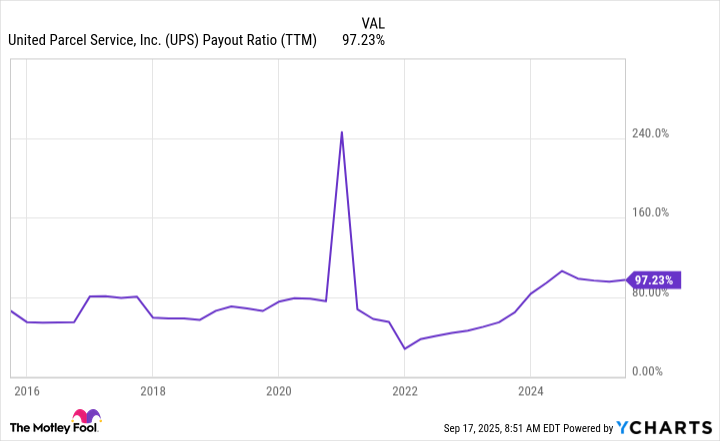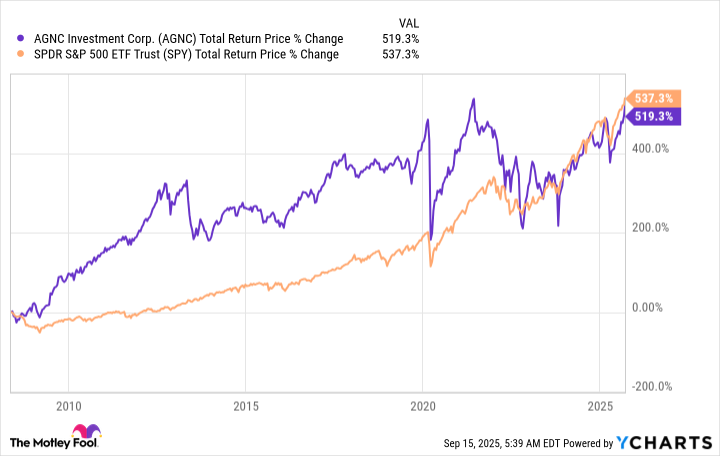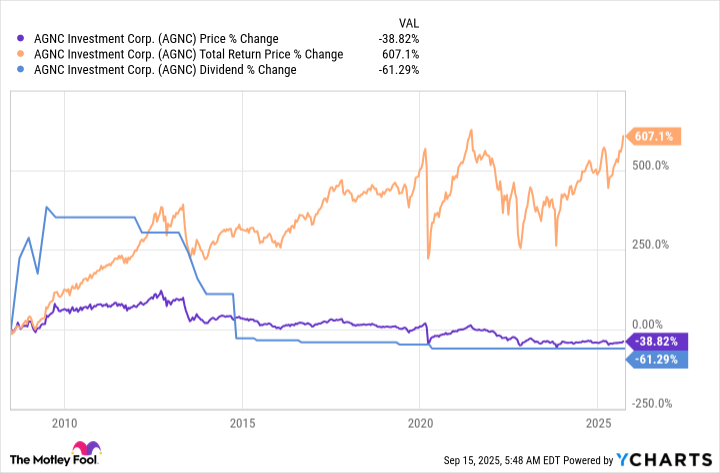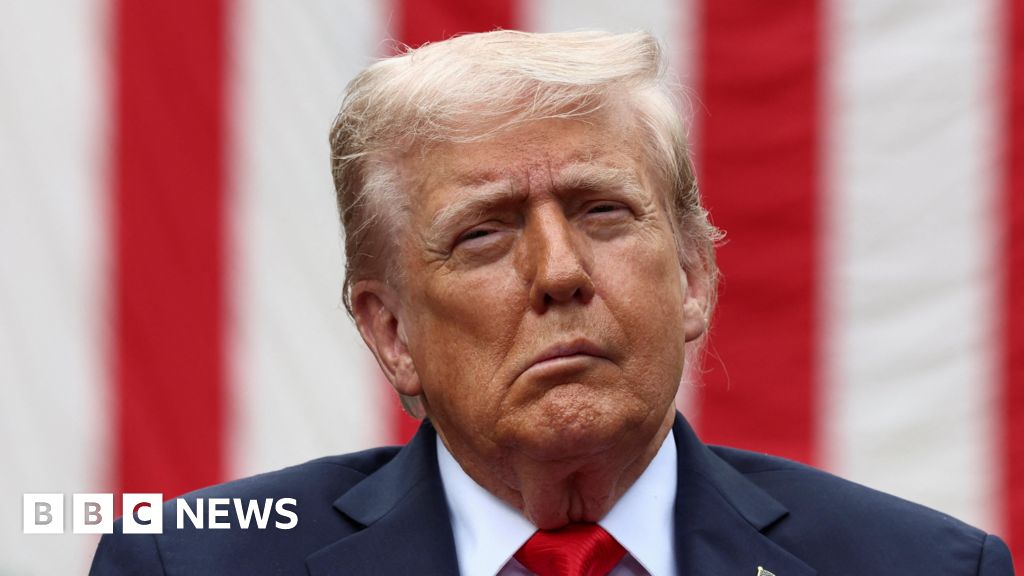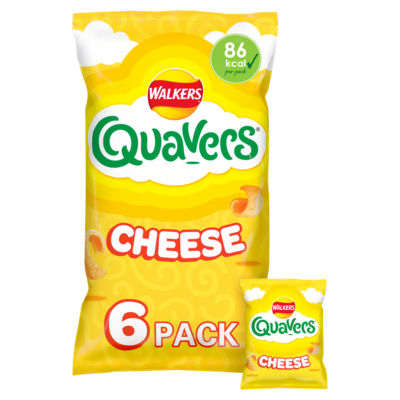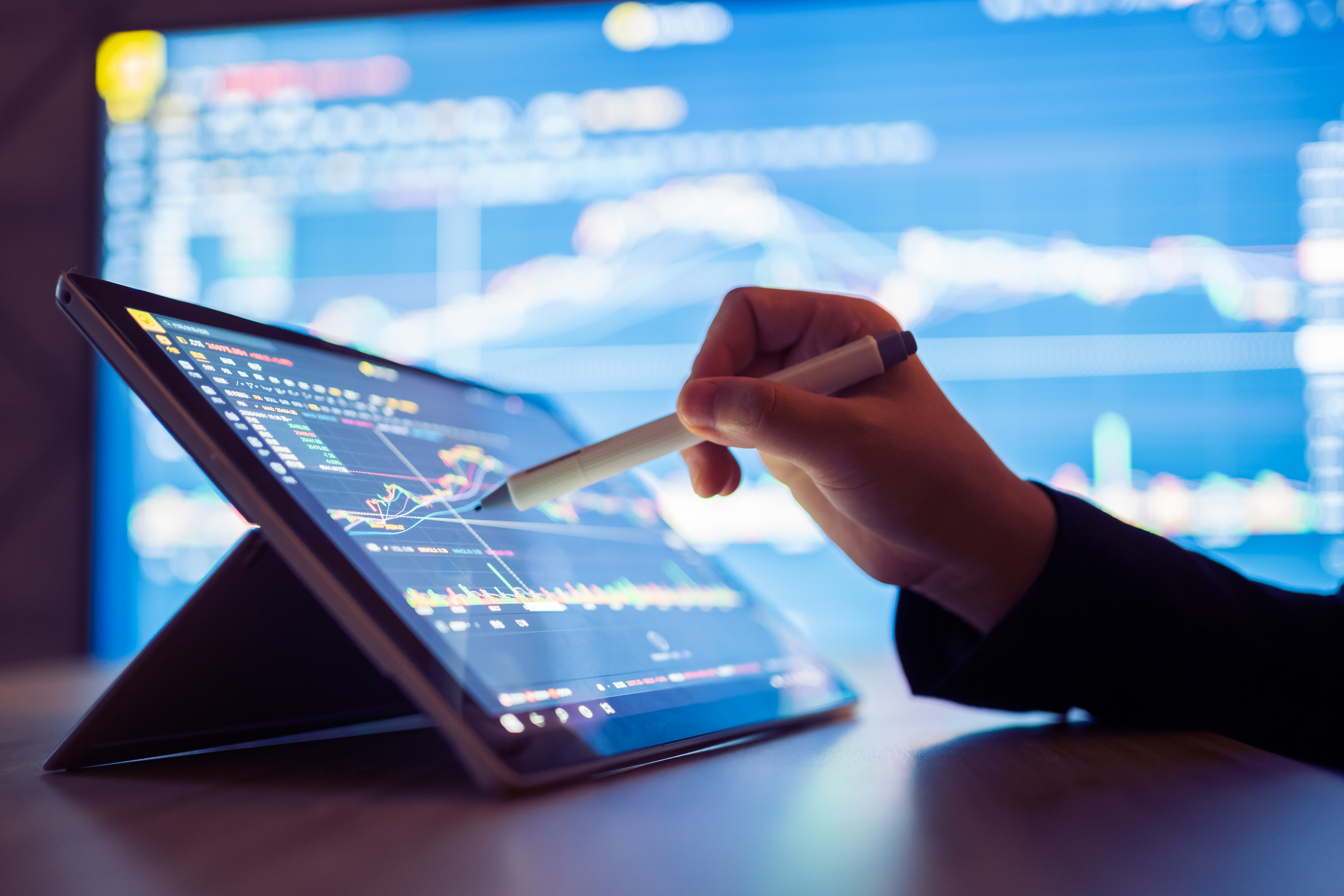United States President Donald Trump has said he is ready to sanction Russia, but only if all NATO allies agree to completely halt buying oil from Moscow and impose their own sanctions on Russia to pressure it to end its more than three-year war in Ukraine.
“I am ready to do major Sanctions on Russia when all NATO Nations have agreed, and started, to do the same thing, and when all NATO Nations STOP BUYING OIL FROM RUSSIA,” Trump said in a post on his Truth Social platform on Saturday, which he described as a letter to all NATO nations and the world.
Recommended Stories
list of 3 itemsend of list
Trump proposed that NATO, as a group, place 50-100 percent tariffs on China to weaken its economic grip over Russia.
Trump also wrote that NATO’s commitment “to WIN” the war “has been far less than 100%” and that it was “shocking” that some members of the alliance continued to buy Russian oil. As if speaking to them, he said, “It greatly weakens your negotiating position, and bargaining power, over Russia.”
NATO member Turkiye has been the third-largest buyer of Russian oil, after China and India. Other members of the 32-state alliance involved in buying Russian oil include Hungary and Slovakia, according to the Centre for Research on Energy and Clean Air.
If NATO “does as I say, the WAR will end quickly”, Trump wrote. “If not, you are just wasting my time.”
As he struggles to deliver on promises to end the war quickly, Trump has repeatedly threatened to increase pressure on Russia. Last month, he slapped a 50 percent tariff on India over its continued buying of Russian oil, though he has not yet taken similar actions against China.
Trump’s social media post comes days after Polish and NATO forces shot down drones violating Polish airspace during Russia’s biggest-ever aerial barrage against Ukraine.
Poland and Romania scramble aircraft
Polish airspace has been violated many times since Russia launched its full-scale invasion of Ukraine in 2022, but never on this scale anywhere in NATO territory.
Wednesday’s incident was the first time a NATO member is known to have fired shots during Russia’s war in Ukraine.
On Saturday, Poland said it and its NATO allies had deployed helicopters and aircraft as Russian drones struck Ukraine, not far from its border.
Poland’s military command said on X that “ground-based air defence and radar reconnaissance systems have reached their highest level of alert”, adding that the actions were “preventative”.
Also on Saturday, Romania’s Ministry of National Defence said that the country’s airspace had been breached by a drone during a Russian attack on infrastructure in neighbouring Ukraine.
The country scrambled two F-16 fighter jets to monitor the situation, tracking the drone until it disappeared from the radar” near the Romanian village of Chilia Veche, said the ministry in a statement.
Little sign of peace
Ukrainian President Volodymyr Zelenskyy has welcomed the prospect of penalties on states still doing business with Moscow.
In an interview with the US media outlet ABC News last week, Zelenskyy said, “I’m very thankful to all the partners, but some of them, I mean, they continue [to] buy oil and Russian gas, and this is not fair… I think the idea to put tariffs on the countries that continue to make deals with Russia, I think this is the right idea.”
Last month, the US president hosted Russian President Vladimir Putin in Anchorage, Alaska, to discuss an end to the war, in their first face-to-face meeting since Trump’s return to the White House.
Shortly afterwards, he hosted Zelenskyy and European leaders in Washington, DC, for discussions on a settlement.
Despite the diplomatic blitz, there has been little progress towards a peace deal, with Moscow and Kyiv remaining far apart on key issues and Russia persisting in its bombardment of Ukrainian cities.
Russia claims advances
Russia on Saturday said it had captured a new village in Ukraine’s central Dnipropetrovsk region, which Moscow’s forces say they reached at the beginning of July.
The Russian Ministry of Defence said its troops had seized the village of Novomykolaivka near the border with the Donetsk region – the epicentre of fighting on the front. The AFP news agency was unable to confirm this claim.
DeepState, an online battlefield map run by Ukrainian military analysts, said the village was still under Kyiv’s control.
At the end of August, Ukraine had for the first time acknowledged that Russian soldiers had entered the Dnipropetrovsk region, where Moscow had claimed advances at the start of the month.
The Russian army currently controls about a fifth of Ukrainian territory.
The Kremlin is demanding that Ukraine withdraw from its eastern Donbas region, comprised of the Donetsk and Luhansk regions, as a condition for halting hostilities, something that Kyiv has rejected.
The Dnipropetrovsk region is not one of the five Ukrainian regions – Donetsk, Kherson, Luhansk, Zaporizhia and Crimea – that Moscow has publicly claimed as Russian territory.
On Friday, Zelenskyy said that Putin wanted to “occupy all of Ukraine” and would not stop until his goal was achieved, even if Kyiv agreed to cede territory.

